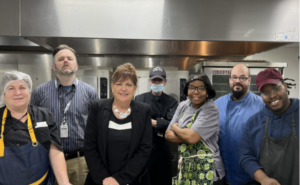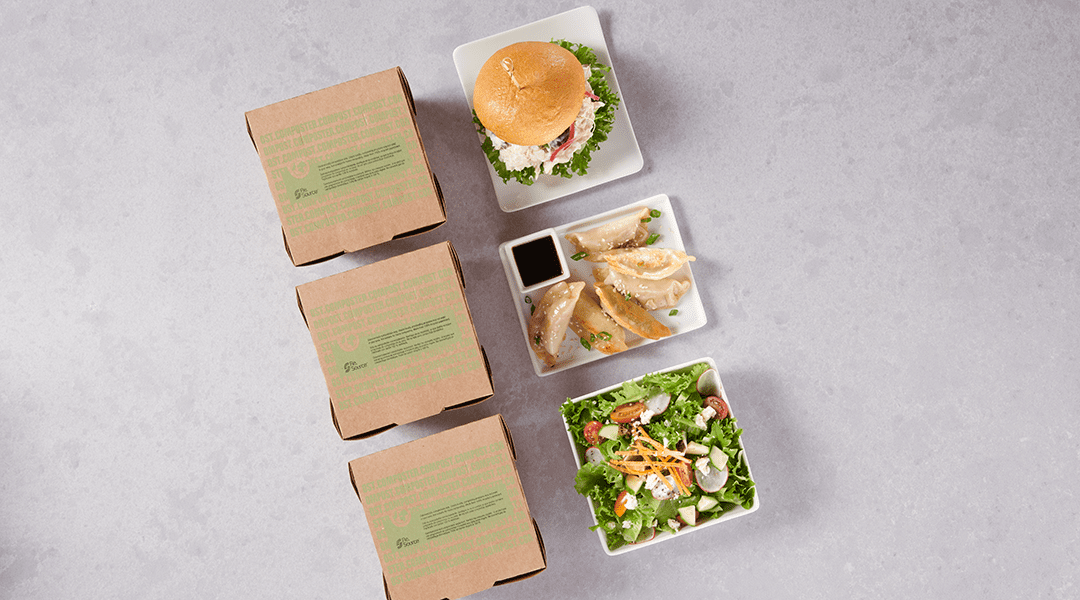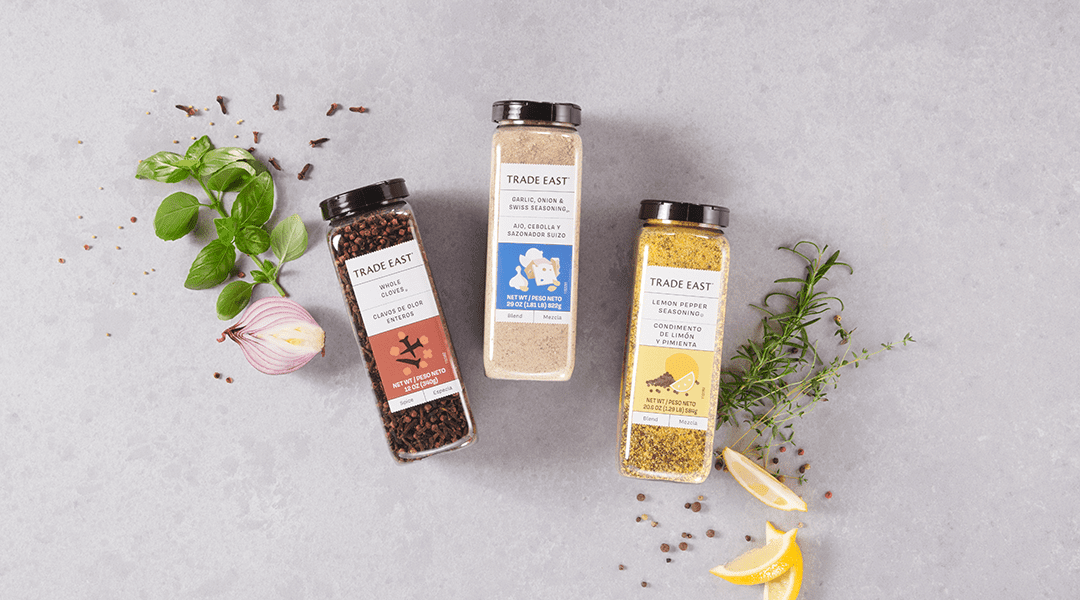More than half of healthcare dollars in the U.S. today are spent on treatment of chronic diseases, many of which are preventable. Poor eating habits that lack good nutrition are linked directly to chronic conditions such as cardiovascular disease, high blood pressure, Type 2 diabetes and some cancers.
That’s why it has become critical for the healthcare industry to address how and what Americans eat.
“It isn’t enough to serve nutritious foods within the confines of a hospital or nursing home,” says Gordon Food Service Healthcare Segment Manager Dana Fillmore, RD. “Healthcare operators must also develop strategies to influence the health of people outside their four walls, among the communities that they serve.”
Food insecurity in America
The U.S. produces vast amounts of food. Yet a significant number of Americans aren’t getting enough to eat, aren’t eating the right foods, or both.
The USDA reports that almost 12 percent of Americans—about 40 million people—experienced “food insecurity” at some time during 2017. These people had limited access to nutritious foods, engaged in abnormal eating patterns, consumed high-calorie foods with low nutritional value or suffered from outright hunger. All of these can lead to malnutrition and:
Chronic illness, including obesity, diabetes, mental illness, hypertension, asthma, tooth decay, anemia, infection, birth defects, depression, anxiety, stress and even starvation.
Dangerous trade-offs, such as having to choose between buying food and paying for other life necessities.
Increased healthcare costs, including treating chronic conditions that can worsen over time.
Food insecurity crosses class lines. Although it’s more prevalent in vulnerable, low-income communities, it affects all socio-economic groups. For example, a college student might not have access to fresh produce and a middle-income retiree may have difficulty finding transportation to a supermarket.
“It’s a communitywide problem that requires a communitywide response,” Fillmore says. “But healthcare and community organizations can help lead the way.”
Battling food insecurity
A key aspect of healthcare leadership involves addressing food insecurity issues before they result in hospital and nursing home stays. To that end, more healthcare providers are:
- Providing meals to the elderly at home
- Organizing and hosting farmers markets
- Teaching people how to prepare simple, healthy meals
- Providing healthy to-go meals to food-insecure people
- Preparing bags of well-balanced groceries for those who want to cook
Some providers are committing even more resources by establishing:
Food pantries
While they’ve existed for decades in community settings, food pantries have recently begun popping up in hospitals nationwide. The food is generally free, and often no proof of need is required. Foodservice operators often partner with community service organizations or local food banks.
Food pharmacies
Instead of dispensing medicine, these pharmacies fulfill a healthcare provider’s “prescription” for certain nutrient-dense foods that can help combat a variety of health conditions. Hospitals typically send patients with food prescriptions to an onsite farmers market or food pantry, or to one that’s nearby.
Food pharmacy programs have achieved dramatic results. For example, writing patients prescriptions to ProMedica’s Toledo, Ohio, food pharmacy resulted in a 53 percent drop in hospital readmission rates.
Community partnerships
Innovative partnerships with other community resources are expanding the reach and impact of healthcare nutrition initiatives.
Fillmore points to how one Michigan healthcare provider is teaming with a local Meals on Wheels program to deliver medically appropriate meals to community residents identified as at-risk for malnutrition. “I encourage operators to reach out to other community organizations that have a responsibility for population health management.”
Educating healthcare providers
The growing recognition of nutrition’s role in health has given rise to the new field of culinary medicine, which blends the art of food and cooking with the science of medicine. One example is the Culinary Medicine program at Spectrum Health, a Grand Rapids, Michigan, healthcare system that teaches doctors in their residency program how to cook easy, low-cost and delicious meals that deliver maximum health benefits.
Dietitians and healthcare foodservice operators, who have long championed the healing powers of food, can play a vital role in developing and implementing culinary medicine programs.
Educating the community
When it comes to influencing community attitudes about better food choices and cooking techniques, healthcare providers have a prominent voice. Their message can counter the daily barrage of fast-food messaging and the prevalence of high-calorie processed foods on grocery store shelves. Tactics include:
- Offering classes, workshops and experiential learning opportunities to the community
- Teaming with K-12 schools to develop nutrition-based curricula and supporting materials
- Partnering with colleges and universities to raise awareness of food insecurity and promote the food-as-medicine concept
Lowering overall costs
Few would argue that any of these nutrition interventions are a bad idea. But what about the costs?
Turns out that these programs can actually create a stronger bottom line for providers—where payment models are increasingly rewarding healthcare providers for keeping the populations they serve healthy.
Consider Geisinger Health System’s Fresh Food Pharmacy in Shamokin, Pennsylvania. Geisinger estimates that a one-point reduction in hemoglobin A1C of a person with diabetes saves about $8,000 a year in medical visits and illness-related costs. In a study of people with diabetes receiving prescriptions to the Geisinger food pharmacy, many experienced a three-point drop—a savings of $24,000 per patient.
Even more substantial savings may be realized by preventing expensive diabetes-related complications such as blindness, kidney disease and amputation. Add in the potential savings from treating or preventing other food-related illnesses and it’s clear that investing in food pharmacies and other nutrition interventions can significantly lower overall costs.
Three ways to make a difference
Armed with an understanding of nutrition, knowledgeable personnel, a well-equipped foodservice operation and strong community relationships, healthcare providers are perfectly suited to drive changes that can dramatically improve the health of their communities. You can begin making a difference in three important ways.
1. Build awareness
- Screen your clients for malnutrition and food insecurity
- Connect those in need with community services
- Make your staff aware of the importance of good nutrition
2. Reach out to the community
- Help make good food accessible and drive behavioral change by implementing tactics outlined earlier in this article
- Form partnerships with aligned organizations to combat food insecurity in your community
3. Walk the talk
- Set a good example and revamp your menus to reduce saturated fat, sodium and refined carbohydrates
- Offer a variety of natural, healthy food choices that work across all diets and follow evidence-based guidelines (such as the DASH diet)
- Indicate menu offerings that your customers consider “good-for-you” items, such as vegetarian, all-natural, low-sodium and high-fiber.
Building a healthier community won’t happen overnight—but it won’t happen at all unless you help drive the process. Get started today.
Healthy Nutrition Works
In 2013, the Metropolitan Area Neighborhood Nutrition Alliance launched a pilot program to provide medically tailored meals to 65 Philadelphia residents who had difficulty accessing healthy food. The participants experienced:
55% lower average monthly healthcare costs
1/2 the rate of hospitalization
37% shorter hospital stays
Community Connections
In addition to offering comprehensive food and nutrition knowledge, Gordon Food Service works across all foodservice segments, so we can help you connect with other aligned operations in your community. Ask your Sales Representative for more information.




























